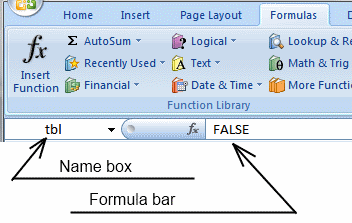
Just make sure you reference a column where every cell contains data when you use the SUBTOTAL function. You can use this same approach with any filtered table. Now we can remove our original formulas and test the message. To wrap things up, we just need to create a single message that includes the ROW and SUBTOTAL functions we just tested.įirst, we'll enter our message as "Showing X of Y properties." Then we'll replace X and Y with the functions, using the ampersand character to concatenate, or join the functions to the text. Now when we filter the table, we see our formulas in action. The first column is named "Address," so we enter this as Properties with "Address" in square brackets. Any rows hidden by the filter will be ignored.įor the reference, we'll use a structured reference that points to the first column in the table. In this case we want to count only non-blank cells that are visible, so we need the function number "103". The SUBTOTAL function can perform a variety of operations on data, and it has the interesting feature of being able to include or exclude hidden values. The SUBTOTAL function takes two arguments: a number, specifying the function to use, and one or more references. To do this, we'll use the SUBTOTAL function. Next, we need to count the number of visible rows.

This is a structured reference that refers only to the data rows in the Properties table, which is ideal for this use. To count total rows, we can use the function ROWS, and simply input =ROWS( Properties). We'll rename this table "Properties" to make the name more meaningful. Note that Excel automatically names all tables. Note that the binsarray values specify the maximum. The Excel Frequency function (entered into cells C2-C4 of the spreadsheet) has been used to count the number of children falling into three different age ranges, which are specified by the binsarray (stored in cells B2-B3 of the spreadsheet). This will make it easier to count the rows in the list. Cells A2 - A11 of the above spreadsheet on the left contain the ages of a group of children. The first thing to do is to convert our list into an Excel table. Let's add our own message at the top of the list that stays visible. However, if we click outside the filtered list, and back again, this information is no longer displayed. If we enable "filtering," and filter the list, Excel will display the current and total record count in the status bar below.
#Excel 2016 for mac sort list by frequency of occurrence how to
In this video we'll show you how to add a message at the top of a filtered list that displays this information.

When you're working with filtered lists, you might want to know how many items are in the list and how many items are currently visible.


 0 kommentar(er)
0 kommentar(er)
